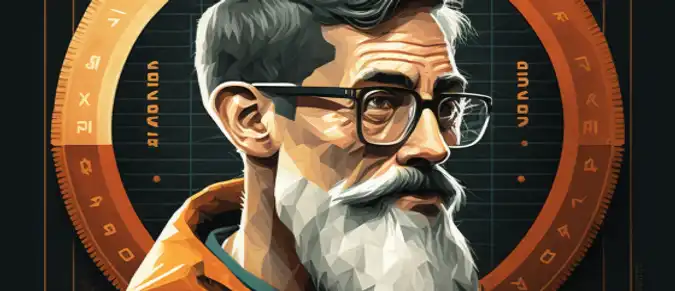Blockchain validators are nodes on a blockchain network that are responsible for verifying and validating transactions and adding them to the distributed ledger. Validators can be individuals or organizations who have the necessary technical knowledge and resources to run a node on the network.
In a proof-of-work blockchain, validators are called miners and use their computing power to solve complex mathematical problems to add new blocks to the blockchain. In a proof-of-stake blockchain, validators are selected based on the amount of cryptocurrency they hold and are willing to "stake" or lock up as collateral. These validators are responsible for validating transactions and maintaining the security of the network.
Validators play a crucial role in maintaining the integrity and security of a blockchain network. They ensure that all transactions are legitimate and not double-spent, and help prevent fraud and malicious attacks. Validators are incentivized to perform their duties accurately and honestly, as they can earn rewards for their work in the form of cryptocurrency.
Blockchain validators are needed to ensure the integrity and security of a blockchain network. Validators are responsible for verifying and validating transactions on the blockchain and adding them to the distributed ledger.
Validators play a critical role in maintaining the integrity and security of a blockchain network. Without validators, the network would be vulnerable to attacks and fraud, as there would be no system in place to ensure that transactions are legitimate and not double-spent. Validators help to prevent fraud and ensure that transactions are processed efficiently and accurately, creating a trustworthy and secure system for exchanging value on the blockchain.
Ethereum 2.0 addresses scalability concerns through the implementation of key components such as the Beacon Chain, Proof-of-Stake, and Sharding. Sharding allows transactions to run in parallel through a process called "parallelization," which improves the network's scalability. Additionally, Ethereum layer-2 integration provides immense scalability and interoperability. The upgrade aims to make the network more scalable, secure, and sustainable by shifting from proof-of-work consensus mechanism to proof-of-stake. As more decentralized apps are built on the network and the number of transactions increases, Ethereum 2.0 will be able to handle more transactions simultaneously.



